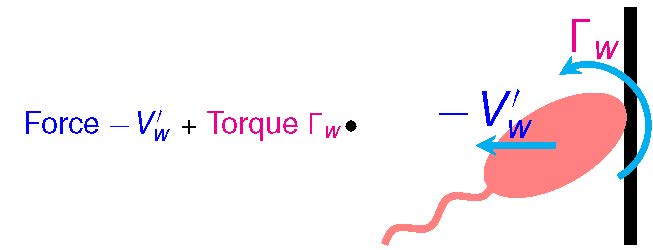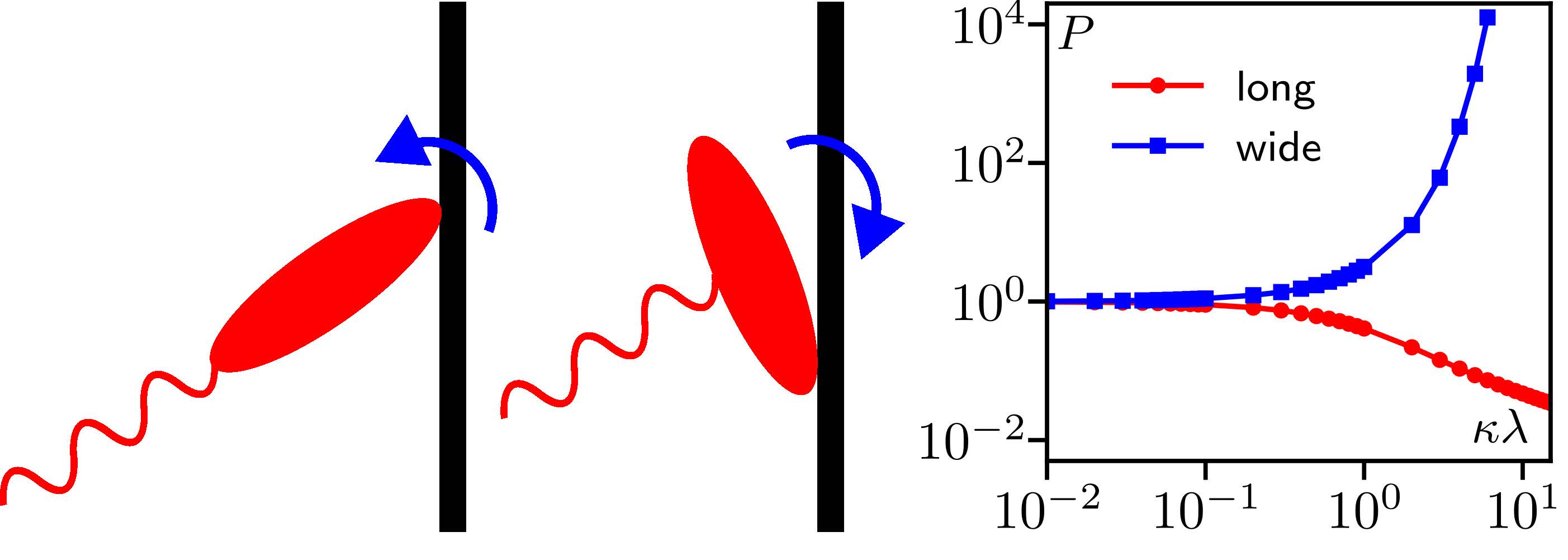Pressure in Equilibrium and Active Matter
![]() Equilibrium pressure: is a function of state, related to confinement of translational entropy
Equilibrium pressure: is a function of state, related to confinement of translational entropy

Force per unit area of the wall is a bulk property:
independent of the shape of the container and potentials at the wall
independent of shapes of the particles
independent of the dynamics of the particles (e.g., partial pressure of colloids)
For a dilute gas:
(non-universal corrections)
![]() Active matter? Some examples:
Active matter? Some examples:
Self-propelled colloidal particles Swimming Cells
Shaken Grains
![]() What is the Pressure of an Active particle fluid? Does it behave like an equilibrium system?
What is the Pressure of an Active particle fluid? Does it behave like an equilibrium system?
A. P. Solon, J. Stenhammar, R. Wittkowski, M. Kardar, Y. Kafri, M. E. Cates, J. Tailleur, Phys. Rev. Lett. 114, 198301 (2015);
A. P. Solon, Y. Fily, A. Baskaran, M. E. Cates, Y. Kafri, M. Kardar, J. Tailleur, Nature Phys. 11, 673 (2015)
Two common models are Run and Tumble Particles (RTP), and Active Brownian Particles (ABP):


Force and pressure can be measured by introducing a wall potential:


Reorientation of an active particle close to the wall needs to be separately specified:

Active pressure depends on the particle shape and reorientation by the wall potential - No equation of state!

There is a net force on a closed box. (Note that there is no momentum conservation.)
 vs.
vs.